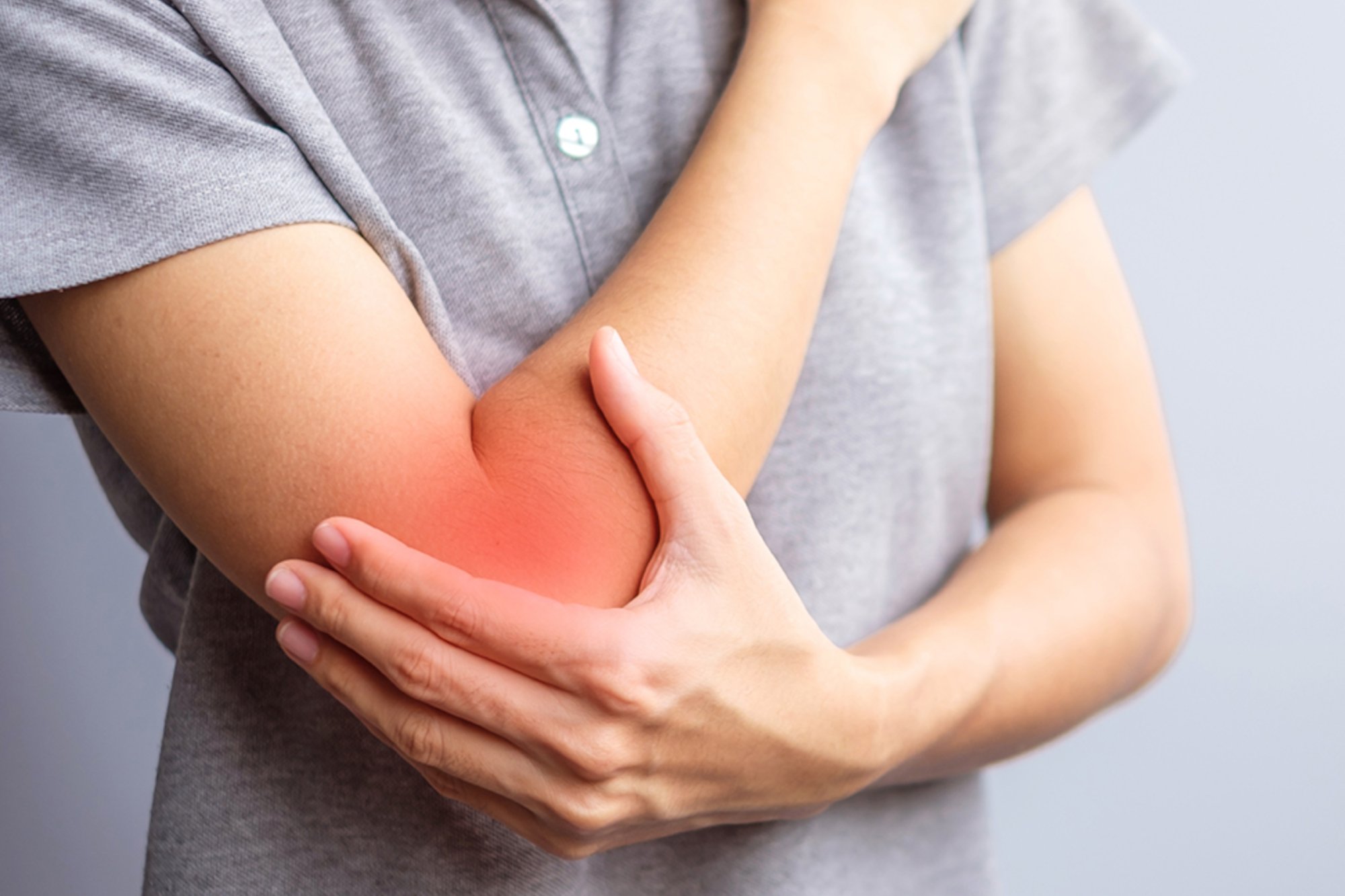Agencia 92: Your Source for Trending News
Stay updated with the latest insights and stories that matter.
Joint Pain? Let's Get to the Root of the Problem
Uncover the shocking truths behind joint pain! Discover effective solutions and get back to living your best life.
Understanding the Causes of Joint Pain: A Comprehensive Guide
Joint pain can be a debilitating condition that affects individuals of all ages, and understanding its causes is crucial for effective management and treatment. The most common causes include arthritis, which encompasses different types such as osteoarthritis and rheumatoid arthritis. Osteoarthritis results from wear and tear on the joints over time, while rheumatoid arthritis is an autoimmune condition that leads to inflammation. Other factors contributing to joint pain include injuries, infections, and lifestyle choices such as obesity and lack of physical activity. By identifying these underlying causes, individuals can take proactive steps towards prevention and treatment.
In addition to arthritis, certain medical conditions can also lead to joint discomfort. For instance, conditions like gout, where uric acid builds up in the joints, or bursitis, which is the inflammation of the bursae that cushion the joints, can significantly impact mobility. Additionally, as people age, the risk of developing joint pain increases due to the natural degeneration of cartilage. It's important to consult with healthcare professionals to determine the exact cause of joint pain, as treatments can vary widely from lifestyle changes and physical therapy to medication and surgical interventions. By fostering a deeper understanding of the diverse causes of joint pain, individuals can make more informed decisions regarding their health and well-being.

Effective Strategies for Managing Chronic Joint Pain
Managing chronic joint pain effectively requires a comprehensive approach that incorporates both lifestyle changes and medical interventions. First, it is essential to maintain a healthy weight, as excess body weight can place additional strain on joints, exacerbating pain. Incorporating a balanced diet rich in anti-inflammatory foods such as fruits, vegetables, and omega-3 fatty acids can also help alleviate symptoms. Second, regular physical activity tailored to one's capabilities can improve joint function and reduce stiffness. Activities such as swimming, cycling, and gentle stretching are often recommended to promote mobility without causing further discomfort.
In addition to lifestyle changes, various therapeutic options can provide significant relief for those suffering from chronic joint pain. Physical therapy can help strengthen the muscles surrounding the joints, enhancing stability and reducing pain. Medication options, including over-the-counter pain relievers and prescription anti-inflammatory drugs, may also be necessary, depending on the severity of the pain. Lastly, mind-body practices such as yoga and mindfulness meditation have been shown to help manage pain perception and improve mental well-being. Combining these strategies can lead to a holistic approach to managing chronic joint pain effectively.
Is Your Diet Contributing to Joint Pain? Here's What You Need to Know
Many people are unaware that their diet can significantly influence joint health and contribute to chronic pain. Certain foods can lead to inflammation, which is a key factor in conditions like arthritis. Foods high in sugar, refined carbohydrates, and unhealthy fats can trigger inflammatory responses in the body. On the other hand, incorporating anti-inflammatory foods such as fatty fish rich in omega-3 fatty acids, leafy greens, and nuts can help mitigate these symptoms. Additionally, staying hydrated by drinking plenty of water is essential for maintaining joint lubrication.
To understand how to alter your diet for better joint health, consider the following list of dietary changes:
- Limit processed foods – These often contain additives that promote inflammation.
- Increase antioxidants – Fruits and vegetables like berries, broccoli, and kale can help combat inflammation.
- Incorporate healthy fats – Avocados and olive oil are excellent sources that support joint health.
By being mindful of what you consume, you can take proactive steps towards alleviating joint pain and improving your overall quality of life.